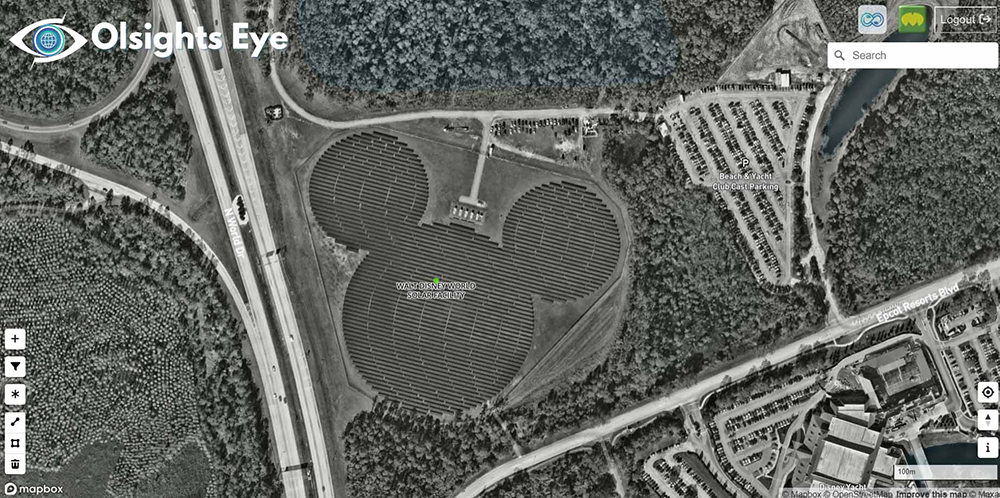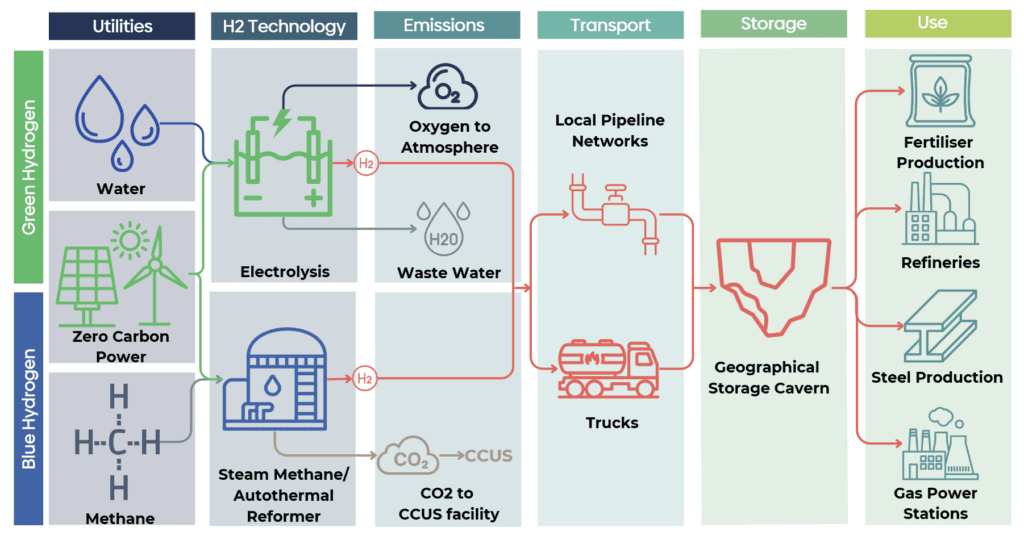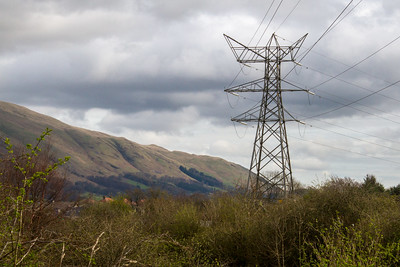In the UK Solar farms are often thought of as a blight on the landscape, however they can be both architectural and engineering masterpieces that are both functional and beautiful. They also create jobs, boost the clean energy economy and can even become tourist attractions,!
Using the Olsights Eye we took at look at some of the most interesting installed solar farms.
Panda Power Plant, Datong, China
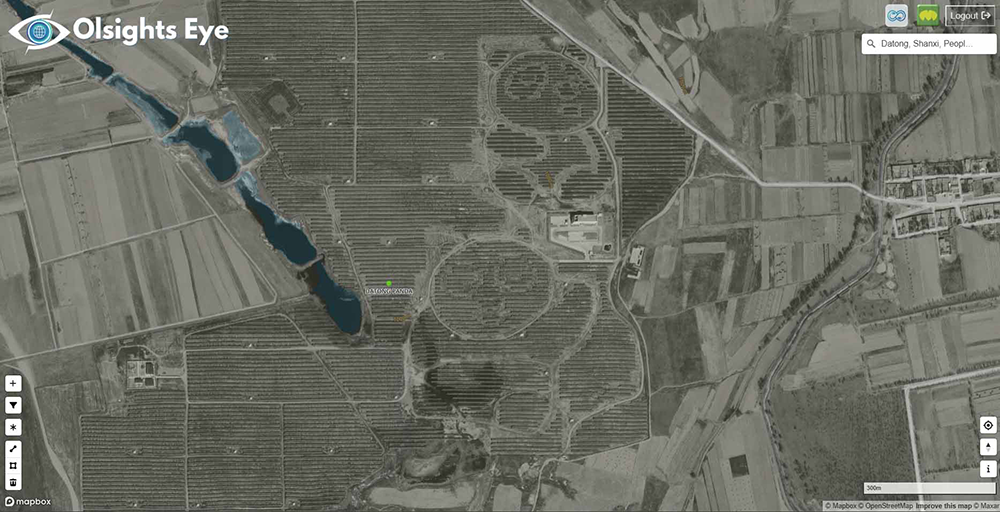
The Panda Power Plant is a solar farm located in Datong, China. It was designed and built by the Chinese energy company Panda Green Energy Group, and it has a unique shape of a giant panda. The solar farm covers an area of 248 acres and is made up of 1,500 panda-shaped solar panels that are arranged in a way that makes it look like a giant panda from above.
The Panda Power Plant was built with the aim of raising awareness about renewable energy and climate change. The project is designed to generate 50 megawatts of electricity, which is enough to power around 16,000 homes. The facility was completed in 2017 and has since become a popular tourist attraction in the region.
The Panda Power Plant is not only a symbolic representation of China’s commitment to renewable energy but also serves as an example of how creativity and innovation can be used to promote sustainable development.
Crescent Dunes Solar Energy Project, Nevada, USA
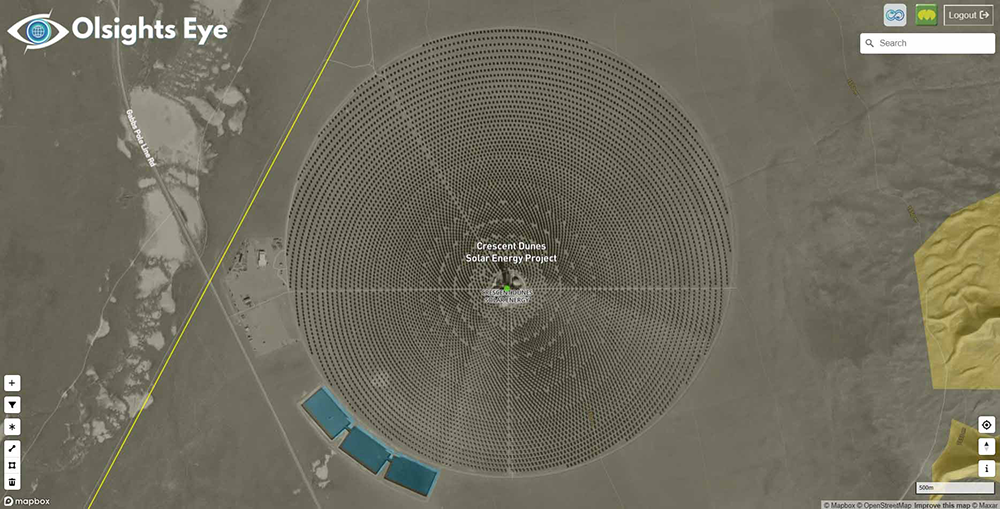
The Crescent Dunes Solar Energy Project is a concentrated solar power (CSP) plant located in Tonopah, Nevada, USA. The facility uses an innovative technology called molten salt power tower to generate electricity. The plant consists of a field of 10,347 mirrors, known as heliostats, that track the movement of the sun and reflect its rays onto a central receiver at the top of a 640-foot (195-meter) tower.
The central receiver contains a molten salt mixture that is heated by the concentrated solar energy. The molten salt mixture then flows to a heat exchanger where it is used to produce high-pressure steam, which drives a turbine to generate electricity. The unique feature of this technology is that the molten salt mixture can store thermal energy, allowing the plant to continue generating electricity for up to 10 hours after sunset or during cloudy days.
The Crescent Dunes Solar Energy Project has a gross capacity of 110 megawatts and is capable of generating around 500,000 megawatt-hours of electricity per year, which is enough to power over 75,000 homes. The plant was commissioned in 2015 and is owned and operated by SolarReserve, a US-based renewable energy company.
The Crescent Dunes Solar Energy Project is considered a landmark project in the field of renewable energy, as it demonstrates the potential of concentrated solar power technology to provide clean, reliable, and cost-effective energy.
PS10 & PS20, Seville, Spain
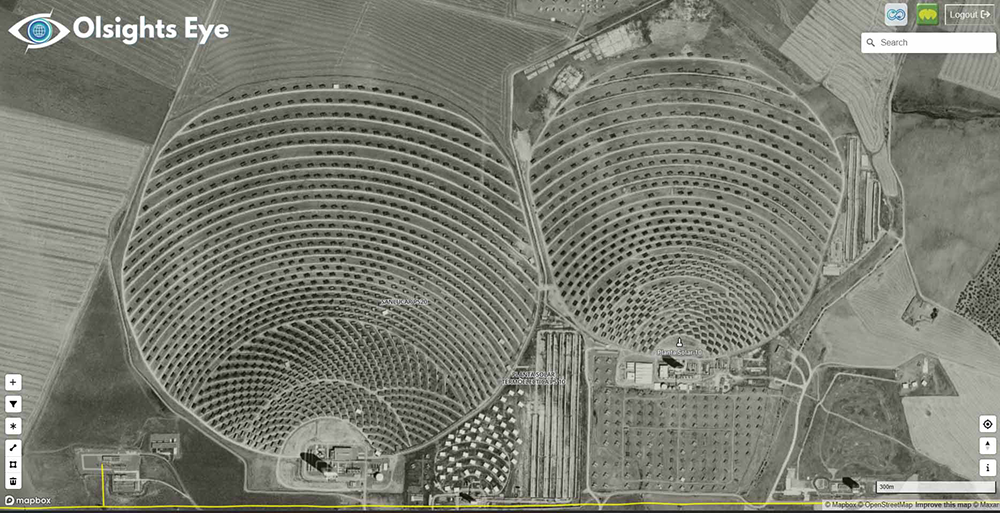
PS10 and PS20 are two solar power plants located in Seville, Spain. They are both concentrated solar power (CSP) plants that use parabolic trough technology to generate electricity.
PS10 is a 11 MW plant that consists of 624 parabolic trough collectors that concentrate the sun’s rays onto a central receiver at the top of a 115-meter tower. The receiver contains a heat transfer fluid that is heated by the concentrated solar energy and used to produce steam. The steam drives a turbine that generates electricity. PS10 was commissioned in 2007 and was the world’s first commercial CSP tower plant.
PS20 is a larger 20 MW plant located next to PS10. It consists of 1,255 parabolic trough collectors and uses similar technology to PS10 to generate electricity. PS20 was commissioned in 2009 and was, at the time, the largest CSP tower plant in the world.
Together, PS10 and PS20 provide clean energy to over 27,000 homes in Spain and help to reduce carbon emissions by more than 33,000 tonnes per year. The two plants are owned and operated by Abengoa Solar, a Spanish renewable energy company.
The PS10 and PS20 solar power plants are notable for their use of CSP technology to generate electricity, which can provide reliable and cost-effective energy, even when the sun is not shining. They are also considered landmark projects in the field of renewable energy and have helped to advance the development of CSP technology around the world.
Walt Disney World Solar Facility, Florida, USA
The Walt Disney World Solar Facility is a large-scale solar farm located in Orlando, Florida, USA. The facility is owned and operated by Duke Energy, a US-based energy company, and was developed in collaboration with Walt Disney World Resort.
The solar farm covers an area of 270 acres and consists of more than 500,000 solar panels that are capable of generating up to 50 megawatts of electricity. The energy generated by the facility is fed into the local power grid and is enough to power two of Disney’s four theme parks in Orlando – Disney’s Animal Kingdom and Disney’s Blizzard Beach Water Park – as well as other properties throughout Walt Disney World Resort.
The Walt Disney World Solar Facility is one of the largest solar projects in Florida and plays a significant role in Disney’s commitment to sustainability and renewable energy. The project is expected to reduce carbon emissions by more than 57,000 metric tons per year, which is equivalent to taking more than 12,000 cars off the road annually.
The solar farm also features a number of innovative design features, such as a Mickey Mouse-shaped solar panel array that is visible from the air. The facility serves as a symbol of Disney’s commitment to sustainability and its efforts to integrate renewable energy into its operations.
Germasolar Seville, Spain

Germasolar is a concentrated solar power (CSP) plant located in Seville, Spain. It is owned and operated by the Spanish company, Abengoa Solar.
Germasolar uses innovative CSP technology known as central tower receiver, which consists of 2,650 heliostats that concentrate the sun’s rays onto a central receiver at the top of a 140-meter tower. The receiver contains molten salt that is heated by the concentrated solar energy, and the molten salt is then used to produce steam. The steam drives a turbine that generates electricity.
One of the unique features of Germasolar is its ability to store thermal energy for up to 15 hours, allowing the plant to continue generating electricity even after sunset or during cloudy weather. The plant has a gross capacity of 20 MW and is capable of producing around 110,000 megawatt-hours of electricity per year, which is enough to power around 25,000 homes in Spain.
Germasolar is considered a landmark project in the field of renewable energy and has received several awards for its innovative technology and contribution to the development of CSP. The plant helps to reduce carbon emissions by more than 30,000 tonnes per year, and it serves as a symbol of Spain’s commitment to sustainable energy and innovation.
Explore more interesting Solar Farm designs yourself on the free preview version of the Olsights Eye (login required) and share with us your best finds!

